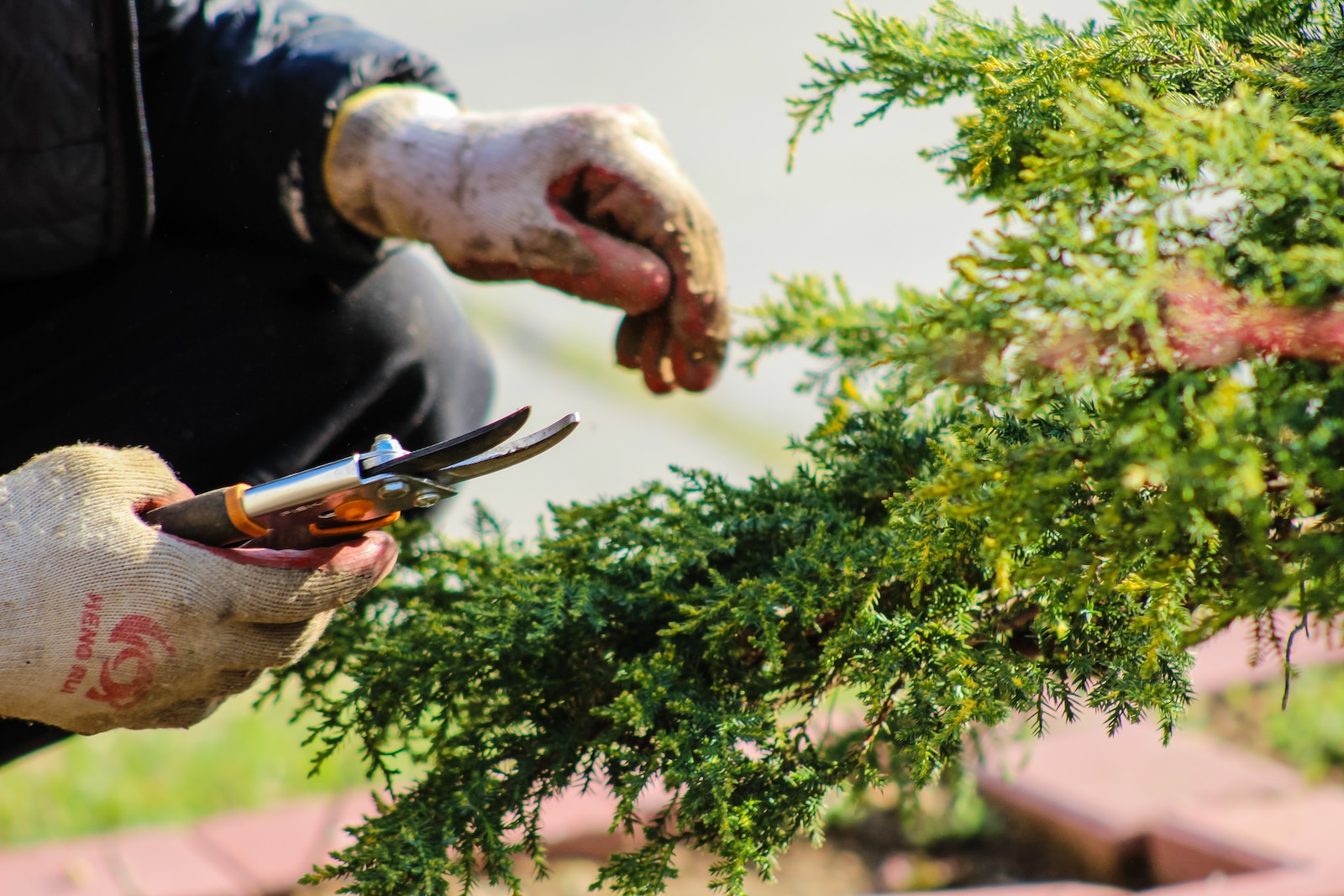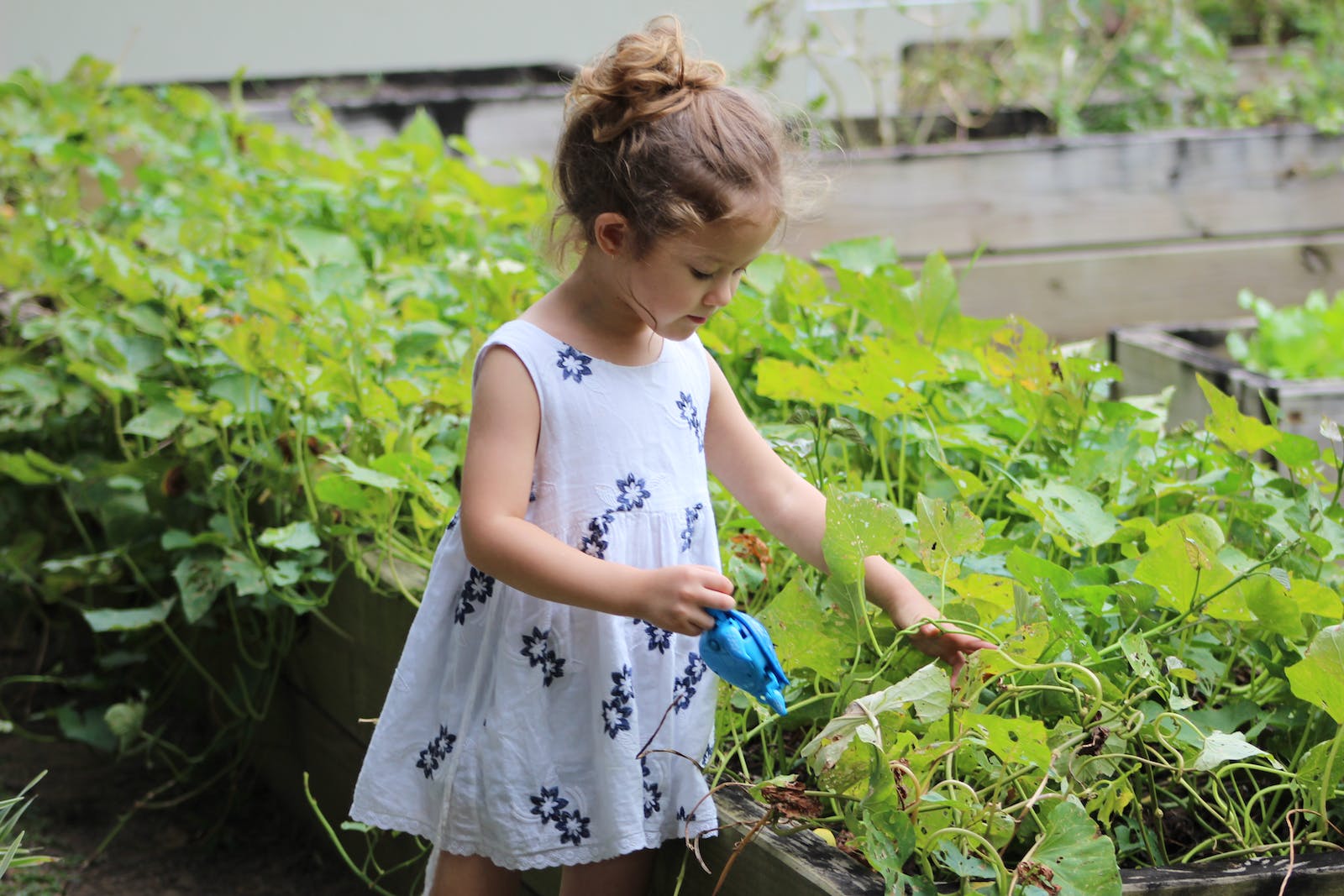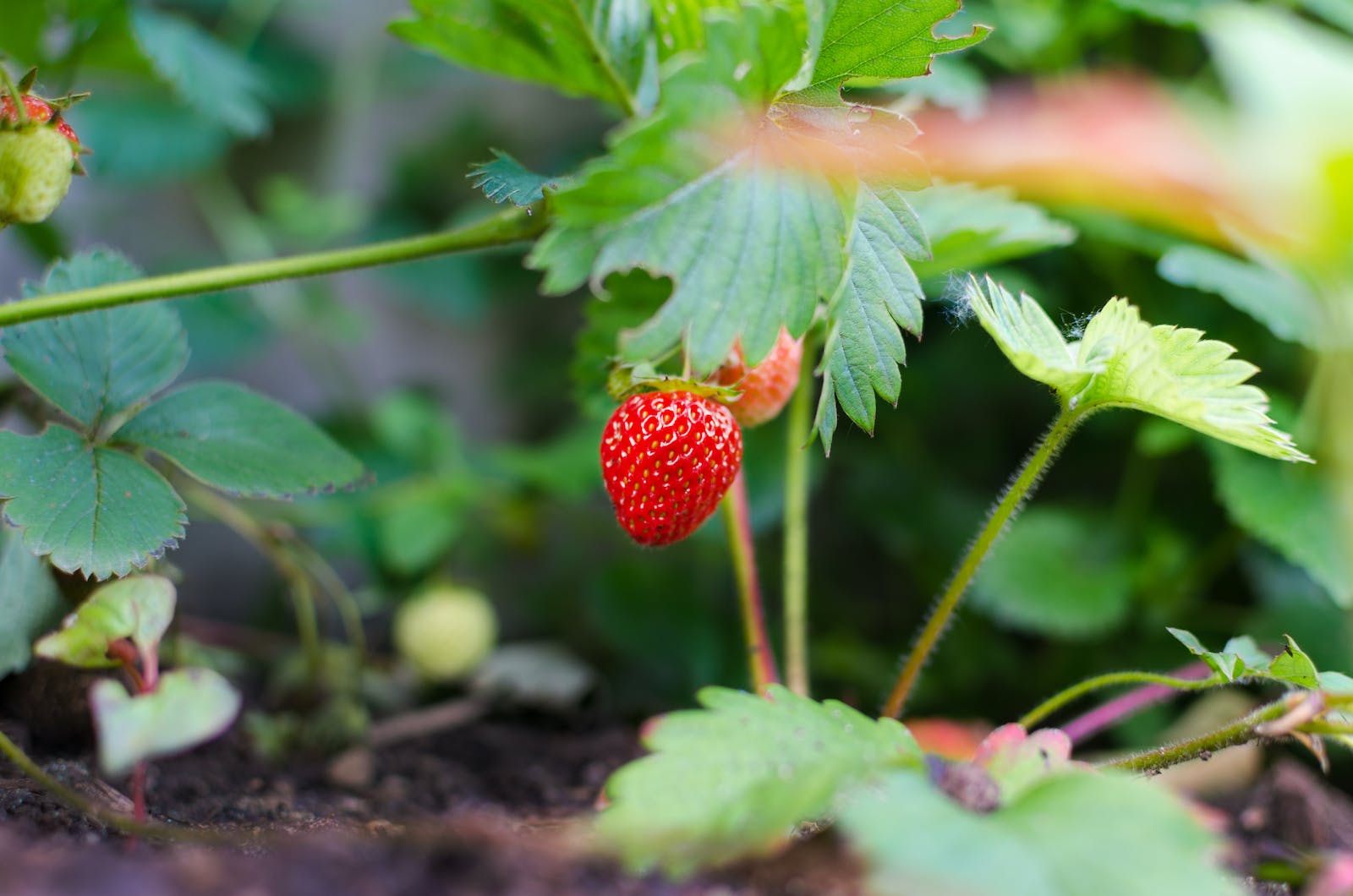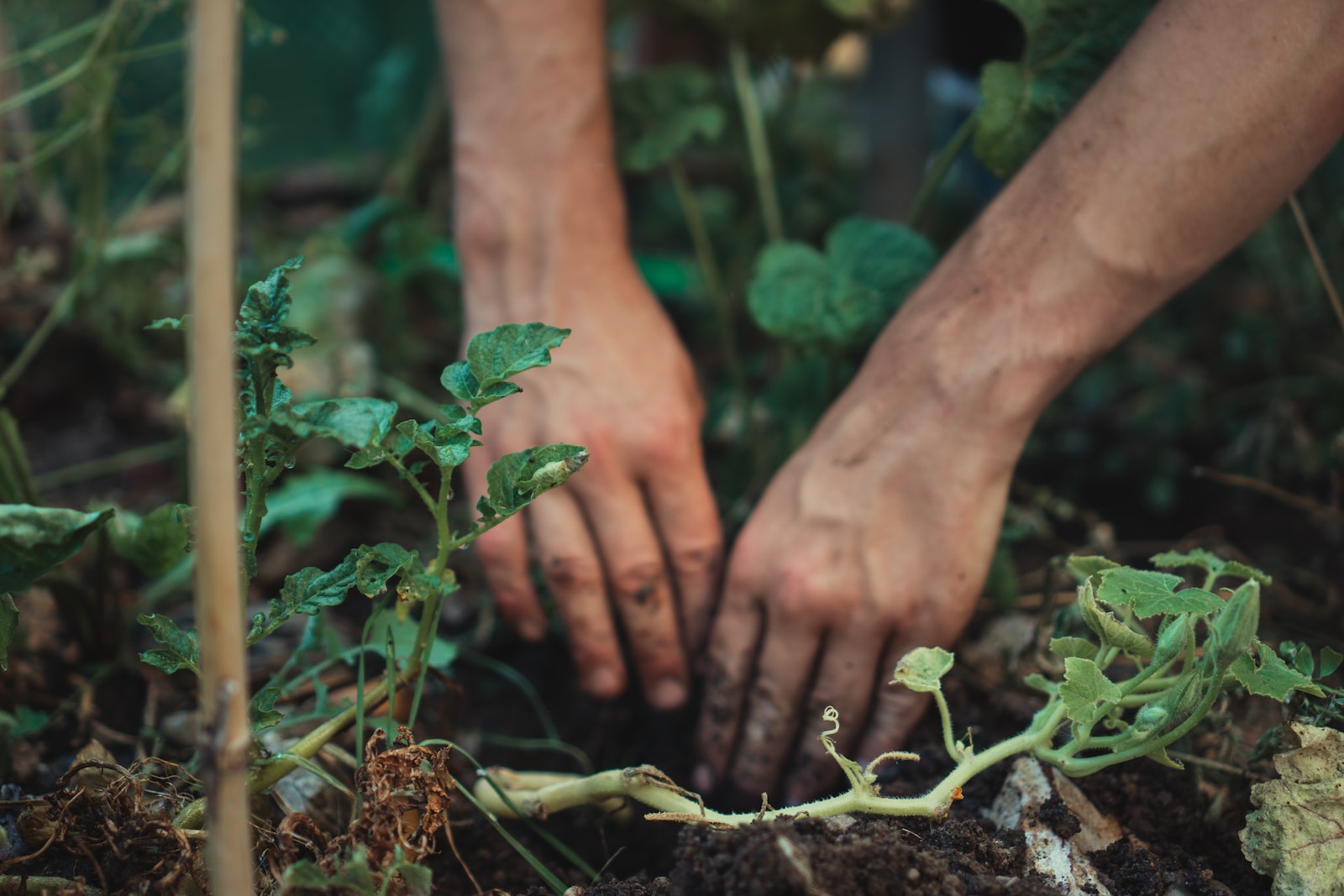Organic gardening, with its numerous benefits and sustainable practices, is an excellent way to create a healthy, lively garden. With the right knowledge and techniques, you can transform your garden into a thriving ecosystem. But what exactly is organic gardening? How do you start? What are the tips and tricks to make it successful? Let’s delve into the world of organic gardening and learn how to master it.
Introduction
What is Organic Gardening?
Organic gardening is a method of growing plants without using synthetic fertilizers or pesticides. Instead, it uses natural products and techniques to cultivate plants in a way that is healthier for both the environment and the gardener. The goal of organic gardening is to build a sustainable and beneficial ecosystem within your garden, promoting biodiversity and maintaining soil health.
Benefits of Organic Gardening
Organic gardening comes with numerous benefits. It’s not only good for the environment but also for your health and well-being. Organic gardens can reduce exposure to chemicals, promote biodiversity, and even improve mental health through the therapeutic process of gardening. Plus, the produce grown in organic gardens tends to be more nutritious and flavorful than conventionally grown fruits and vegetables.
Getting Started with Organic Gardening
Choosing the Right Location for Your Garden
The first step in starting an organic garden is choosing the right location. The ideal site should receive plenty of sunlight, have good soil, and be free from potential contaminants. Keep in mind that plants need at least six hours of sunlight each day to thrive. Also, consider the proximity to a water source for easy watering.
Preparing the Soil
Healthy soil is the foundation of a successful organic garden. Start by testing your soil to understand its composition and pH level. Based on the results, amend the soil with organic matter such as compost or well-rotted manure to improve its fertility and structure. Remember, healthy soil equals healthy plants!
Selecting the Right Plants and Seeds
Choose plants that are suited to your local climate and soil conditions. Opt for organic, heirloom, or open-pollinated seeds whenever possible. These varieties are often more resistant to pests and diseases, and they can adapt better to local growing conditions over time.
Watering and Feeding Your Plants
Watering wisely is crucial in organic gardening. Always water early in the morning or late in the evening to reduce evaporation. Feed your plants with organic fertilizers like compost tea or fish emulsion to provide them with necessary nutrients. Avoid overwatering or overfeeding, as this can lead to pest problems and weak plant growth.
Managing Pests and Weeds Organically
Pest and weed management in organic gardening involves prevention, observation, and intervention. Use techniques like crop rotation, companion planting, and encouraging beneficial insects to prevent pest infestations. For weed control, try mulching, manual removal, or natural herbicides.

Composting and Mulching
Why Composting is Important
Composting is a fantastic way to recycle kitchen and garden waste into rich, fertile soil conditioners. It enhances soil structure, improves its water-holding capacity, and provides essential nutrients to plants. Moreover, composting reduces the amount of waste that ends up in landfills, making it a great practice for sustainable living.
Types of Composting Methods
There are several methods of composting, including cold composting, hot composting, vermicomposting, and trench composting. Each method has its advantages and is suitable for different types of waste and garden sizes.
How to Start Composting
To start composting, you simply need a compost bin or pile, and a mix of green materials (like vegetable peels and grass clippings) and brown materials (like dried leaves or cardboard). The key is to maintain a balance between these materials and turn the compost pile regularly to speed up the decomposition process.
Using Mulch to Improve Soil Health
Mulching is the practice of covering the soil surface around plants with organic materials like straw, wood chips, or compost. This helps retain soil moisture, suppress weeds, regulate soil temperature, and gradually improve soil fertility as the mulch breaks down over time.
Natural Pest Control Methods
Identifying Common Garden Pests
Dealing with pests begins with correctly identifying them. Some common garden pests include aphids, slugs, caterpillars, beetles, and whiteflies. Once you’ve identified the pests, you can use appropriate organic control methods to manage them.
Beneficial Insects for Pest Control
Not all insects are harmful. Many beneficial insects, like ladybugs, lacewings, and ground beetles, can help control pests by preying on them. Attracting these beneficial insects to your garden can be a natural and effective way to keep pest populations in check.
Companion Planting for Pest Prevention
Companion planting involves growing certain plants together for mutual benefit. Some plants can deter pests, attract beneficial insects, or improve the growth of other plants when grown together. For example, marigolds are known to repel nematodes and other pests, while basil can enhance the flavor and growth of tomatoes.
Homemade Pest Repellents and Traps
You can also make your own natural pest repellents using ingredients like garlic, hot pepper, or essential oils. Additionally, simple traps made from items like beer or vinegar can effectively catch and kill many types of pests.

Sustainable Watering Techniques
Conserving Water in the Garden
Water is a precious resource, and it’s important to use it wisely in the garden. Use techniques like drip irrigation, rainwater harvesting, and mulching to conserve water. Also, watering deeply but less frequently can encourage plants to develop deeper root systems, making them more drought-tolerant.
Proper Watering Techniques
The key to watering is to do it thoroughly and infrequently, rather than little and often. This encouragesdeep root growth and helps plants become more resilient. Water directly at the base of the plants to avoid wastage through evaporation or runoff. Also, consider using a soaker hose or drip irrigation system for efficient water delivery.
Rainwater Harvesting Systems
Collecting rainwater is an excellent way to reduce your reliance on municipal water supplies and save money. Install rain barrels or a larger rainwater harvesting system to capture rainwater from your roof. This stored water can then be used for watering your garden during dry periods.
Maximizing Plant Health and Growth
Organic Fertilizers and Amendments
Organic fertilizers provide a slow-release source of nutrients for your plants, promoting healthy growth without the risk of chemical burn. Common organic fertilizers include compost, bone meal, blood meal, and seaweed extract. Additionally, amendments like lime or sulfur can be used to adjust soil pH levels.
Pruning and Training Plants
Regular pruning helps maintain the shape and health of plants. It also improves airflow and reduces the risk of diseases. Training plants, such as espaliering fruit trees or trellising vines, can maximize space and increase yield. Proper pruning and training techniques ensure that your plants grow strong and productive.
Crop Rotation for Soil Health
Crop rotation is the practice of growing different plant families in different areas of your garden each year. This helps prevent the buildup of pests and diseases specific to certain plant families. It also allows the soil to replenish nutrients naturally, leading to healthier plants and higher yields.
Using Cover Crops
Cover crops, such as clover or winter rye, are planted during fall or winter to protect and enrich the soil. They help prevent erosion, suppress weeds, and add organic matter when tilled into the soil. Cover cropping is an excellent sustainable practice that improves soil health and fertility.

Harvesting and Preserving Your Produce
Knowing When to Harvest
Timing is crucial when it comes to harvesting your produce. Each fruit or vegetable has its own signs of ripeness. For example, tomatoes should be firm but yield slightly to pressure, while melons should have a sweet aroma and a yellowish underside. Harvesting at the right time ensures the best flavor and texture.
Proper Harvesting Techniques
When harvesting, use sharp, clean tools to avoid damaging the plants. Handle fruits and vegetables carefully to prevent bruising. For leafy greens, harvest outer leaves first, allowing inner leaves to continue growing. Proper harvesting techniques not only preserve the quality of your produce but also promote regrowth for continuous harvests.
Preserving and Storing Your Produce
To make the most of your bountiful harvest, consider preserving and storing your produce. Options include canning, freezing, drying, or making jams and pickles. Each method has its own requirements and benefits, allowing you to enjoy homegrown goodness throughout the year.
Seed Saving for Future Planting
Seed saving is a valuable practice that helps preserve heirloom and open-pollinated varieties. Italso allows you to save money on buying new seeds each year. To save seeds, allow the plant to fully mature and the fruits or flowers to dry out on the plant. Harvest the seeds, remove any debris, and store them in a cool, dry place. Label and date your saved seeds for future planting.
Pest and Disease Management
Preventing pests and diseases is essential for maintaining healthy plants. Some organic methods include:
– Companion planting: Planting certain flowers, herbs, or vegetables together can help repel pests or attract beneficial insects that prey on pests.
– Mulching: Applying organic mulch around plants helps suppress weeds and reduce the risk of soil-borne diseases.
– Crop rotation: As mentioned earlier, rotating crops can prevent the buildup of pests and diseases.
– Handpicking: Inspect your plants regularly and remove any pests by hand. This can be done with gloves or using tools like tweezers or a small brush.
– Organic pest control products: There are organic pest control products available, such as neem oil or insecticidal soaps, that can be used to target specific pests.
Watering and Irrigation
Proper watering and irrigation practices are vital for plant health. Here are some tips:
– Water deeply: Give your plants a good soak rather than frequent shallow watering. This encourages deep root growth and makes the plants more resilient to drought.
– Water at the right time: Water early in the morning or late in the evening to minimize evaporation and allow the leaves to dry before nighttime, reducing the risk of fungal diseases.
– Use drip irrigation or a soaker hose: These methods deliver water directly to the base of the plants, reducing water waste through evaporation or runoff.
– Mulch: Applying mulch around plants helps retain moisture in the soil, reducing the need for frequent watering.
By implementing these sustainable gardening practices, you can create a thriving garden that is not only productive but also environmentally friendly.
